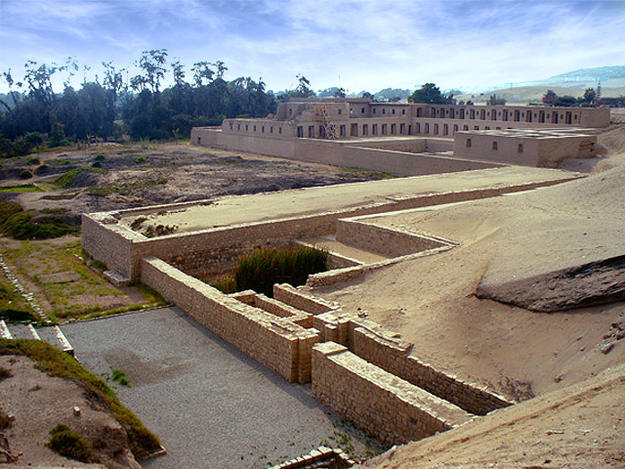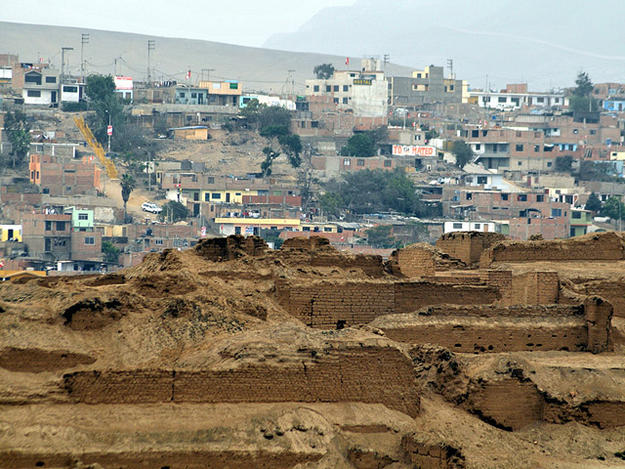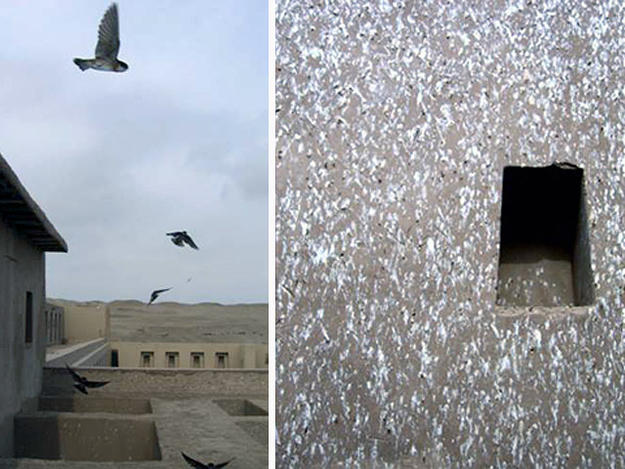Pachacamac Sanctuary
2010 World Monuments Watch
Stretching though the Lower Lurín Valley of Peru, Pachacamac Sanctuary surveys the coastal region just south of Lima. Developed as a small ceremonial center in the early 5th century, Pachacamac grew to become one of the most important religious complexes in the pre-Columbian Andean world, reaching its peak during the 6th century. Inca society controlled the site after defeating the local Yschma polity, and occupied the sanctuary until the Spanish arrived in 1533. Renowned for its oracle, Pachacamac became an important pilgrimage destination before the arrival of the Incas between 400 and 600. Incan assimilation of the sanctuary centuries later allowed the civilization to assume control of both agricultural production in the surrounding region and the religious sphere and influence associated with the oracle. Additionally, the Incas constructed the Temple of the Sun, the Old Temple, the Painted Temple, and the Acllawasi, many dedicated to Incan worship of the Sun. The Acllahausi, where Incan women prepared for the Sun worship, is the only one of its kind left in Peru. The building is composed of stone walls crafted using the traditional Inca masonry style. More than 18 structures, most built of adobe, are protected by fortified earthen walls. A 2007 earthquake crippled the sanctuary, causing structural instability which has closed the site to the public. Little funding has been directed to Pachacamac, threatening the preservation of this important religious complex and archaeological vestige.



